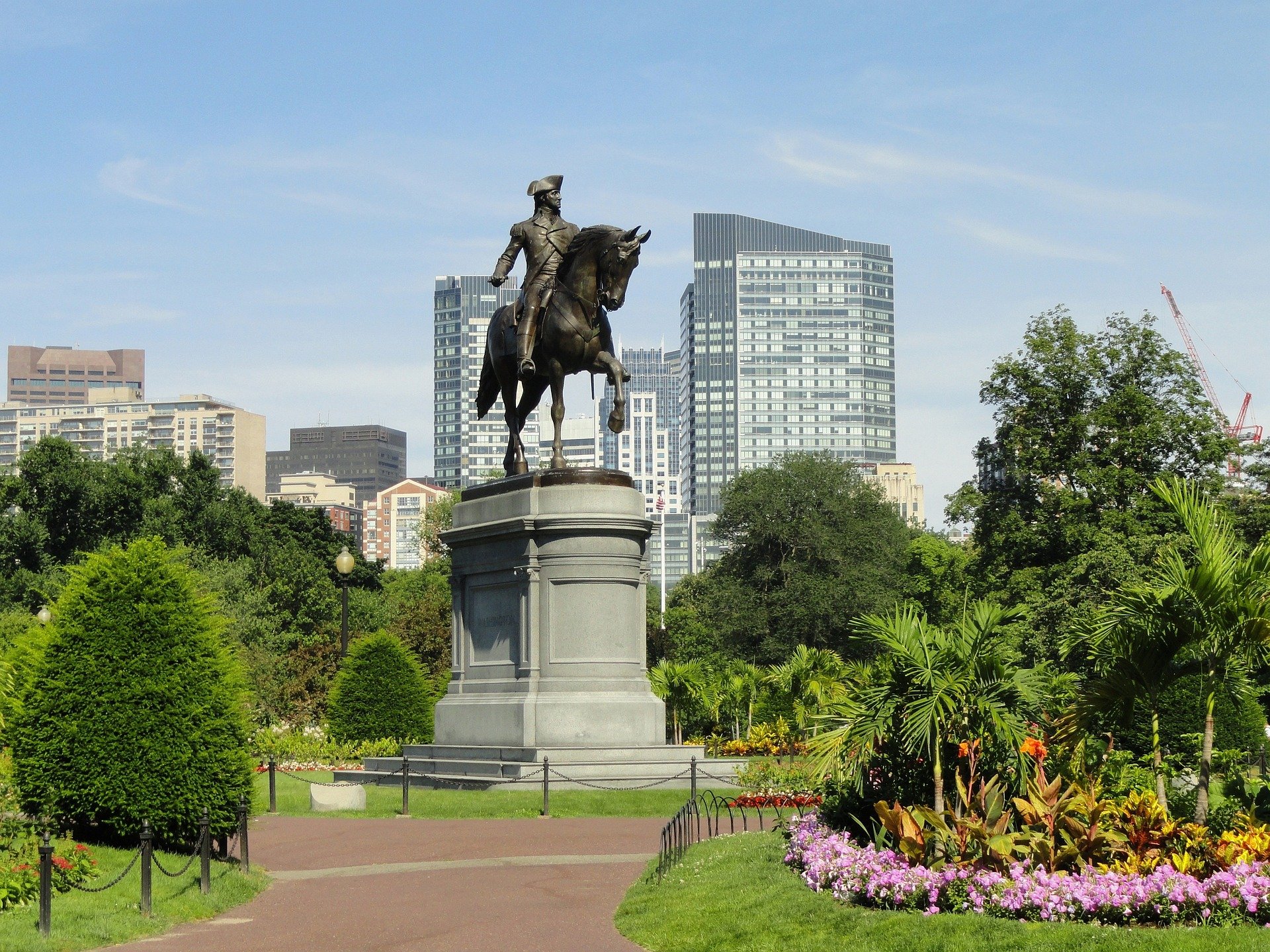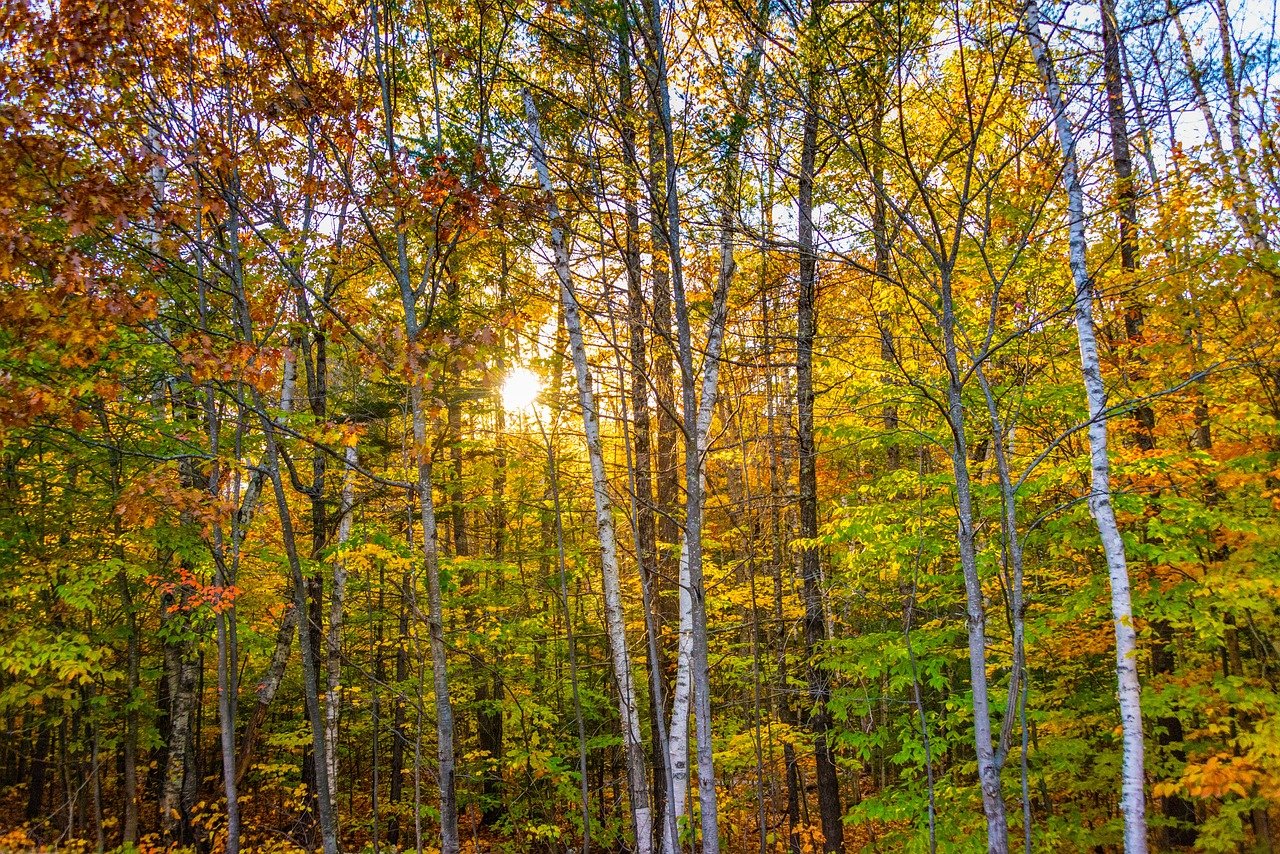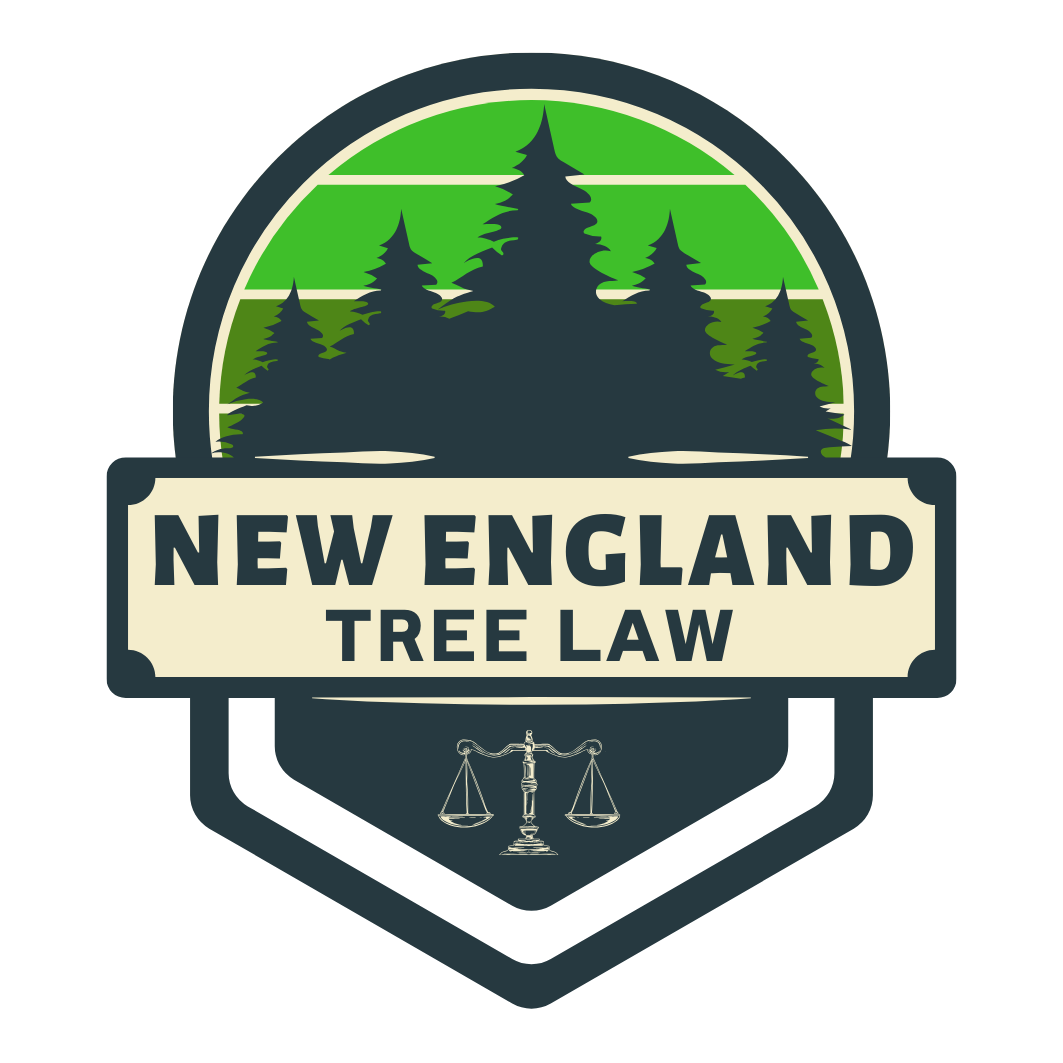
Massachusetts
Timber trespass in Massachusetts
The neighbor cut down your trees. Now what?
Although Massachusetts may not be the first state that comes to mind when you think “trees,” the Bay State is actually heavily forested. According to researchers at UMass Amherst, over 60 percent of Massachusetts is covered by trees, making it the 8th most forested state in the country. Common tree types include white pine, red maple, hemlock, and red oak.
Massachusetts also has some of the most expensive real estate in the country. As of 2020, the median home price in Massachusetts was fourth-highest in the country, after only Hawaii, California, and Washington DC. Especially in the Greater Boston area and on Cape Cod, homes may be located on small lots in close proximity to neighbors. Trees are therefore valued for the privacy and aesthetic benefits they provide.
Unfortunately, sometimes the cutting or destruction of trees can cause disputes between neighbors and other landowners. This often occurs when a neighbor undertakes to cut down trees from their own property and unintentionally strays onto a different property. The actual cutting is sometimes done by the neighbor themselves, but more often by a tree service or other contractor hired by the neighbor. The end result is the same: timber trespass, which is the unauthorized cutting of someone else’s trees.
The Massachusetts Timber Trespass Statute
Massachusetts has had a “timber trespass” statute on the books since at least 1698. When the law was first passed, its primary focus was preventing intentional timber theft: persons stealing wood from other property owners or from public land to sell the timber for profit. Evans v. Mayer Tree Serv., Inc., 46 N.E.3d 102, 109-10 (Mass. App. Ct. 2016). However, the timber trespass statute I no longer limited to just tree theft cases. It now applies to anyone who cuts down trees without permission, whether they acted intentionally or accidentally. The statute states in full:
A person who without license willfully cuts down, carries away, girdles or otherwise destroys trees, timber, wood or underwood on the land of another shall be liable to the owner in tort for three times the amount of the damages assessed therefor; but if it is found that the defendant had good reason to believe that the land on which the trespass was committed was his own or that he was otherwise lawfully authorized to do the acts complained of, he shall be liable for single damages only.
The timber trespass statute applies whenever someone cuts down trees “without license” – meaning, without having permission to do so. The property owner who directs the cutting of trees is liable under the statute even if they do not personally do the cutting. They are also liable if their agent (such as a tree service company) cuts down trees at their request. Moskow v. Smith, 60 N.E.2d 373, 374 (Mass. 1945).
The statute allows for either single or triple (treble) damages depending on the circumstances of the lawsuit. If the perpetrator “had good reason to believe that the land on which the trespass was committed was his own” or that he otherwise had permission to cut down the trees, there is no multiplier of damages under the statute. However, if the perpetrator’s actions were objectively inexcusable, damages under the statute must be tripled. A defendant can be held liable for triple damages even if they subjectively believed they had the right to cut down the trees: for example, a jury could find that a defendant had no “good reason” excusing his trespass when the defendant took no steps to ascertain the property line before cutting. Glavin v. Eckman, 881 N.E.2d 820, 824 n.8 (Mass. App. Ct. 2008).

Measure of Damages for Timber Trespass: What is your tree worth?
The Massachusetts timber trespass act does not specify how damages are calculated under the statute. Courts have interpreted the statute flexibly, allowing different kinds of damages depending on the facts of the lawsuit.
Because the statute was initially enacted with timber theft in mind, the traditional measure of damages is the so-called “stumpage” value of the timber. Stumpage value measures the tree’s value as a commodity, i.e., lumber. While stumpage value (or decrease in real estate value, another potential category of damages) could be an appropriate measure of damages in situations where the trespassed trees were intended to be logged and sold as lumber, it does not adequately compensate a homeowner in residential settings where trees are valued for things like aesthetics or privacy. Slesar v. Goldman, 190 N.E.3d 1119 (Mass. App. Ct. 2022).
Therefore, Massachusetts courts have also allowed replacement or restoration cost as a measure of damages in timber trespass cases. Id. The courts have acknowledged that traditional measures of damages like stumpage value do not “make whole” a homeowner when their shade or ornamental trees are cut down. Thus, replacement or restoration costs are allowed as damages to prevent a miscarriage of justice. Glavin v. Eckman, 881 N.E.2d 820, 824-25 (Mass. App. Ct. 2008).
Large trees can have significant replacement or restoration value. Where a tree is too large to literally replant an identical replacement, arborists use appraisal methods such as the trunk value formula to assess the value of the tree in question. The formula calculates the per-square-inch cost of an available replantable tree and extrapolates that cost to the number of square inches in the felled tree being appraised. Very large trees can have replacement values in the tens of thousands of dollars or more. You can use our tree value calculator to estimate the replacement value of your trees using the Trunk Formula Method.
Insurance coverage for timber trespass claims
The good news is that in many cases of residential timber trespass, there may be insurance coverage available to cover the loss. Most property owners carry homeowners insurance on their properties. Homeowners insurance policies contain a type of insurance coverage called personal liability insurance. Personal liability insurance protects homeowners who cause bodily injury or property damage to other persons due to their negligent acts.
In the context of timber trespass claims, that means that if a neighbor cuts down someone else’s trees due to misjudging a property line or some other mistake, their homeowners insurance should cover a claim made by the aggrieved property owner. Partington Builders, LLC v. Nautilus Ins. Co., 2023 U.S. Dist. LEXIS 18274, at *16-17 (D. Mass. Feb. 3, 2023). This type of claim is made in the same manner as an automobile insurance claim: the victim or their lawyer contacts the neighbor’s insurance company, files a claim, and attempts to reach an out-of-court settlement. If those efforts are unsuccessful, the victim can sue the neighbor or other responsible party in court.
Timber trespass lawyers
Legal claims relating to the cutting of trees represent a very small percentage of insurance company claims. Timber trespass is a rare type of claim and the law surrounding trees can be esoteric. For those reasons, it is important to have a skilled lawyer handling the claim, to make sure the insurance company is offering adequate compensation in a settlement.
Unfortunately, experienced timber trespass lawyers can also be hard to find. Tree law is somewhat of a niche practice area and many practitioners are not well-versed in the nuances of timber trespass claims.
If your trees were cut down without authorization, you could be entitled to significant compensation. Contact an experienced timber trespass attorney to evaluate your case.


